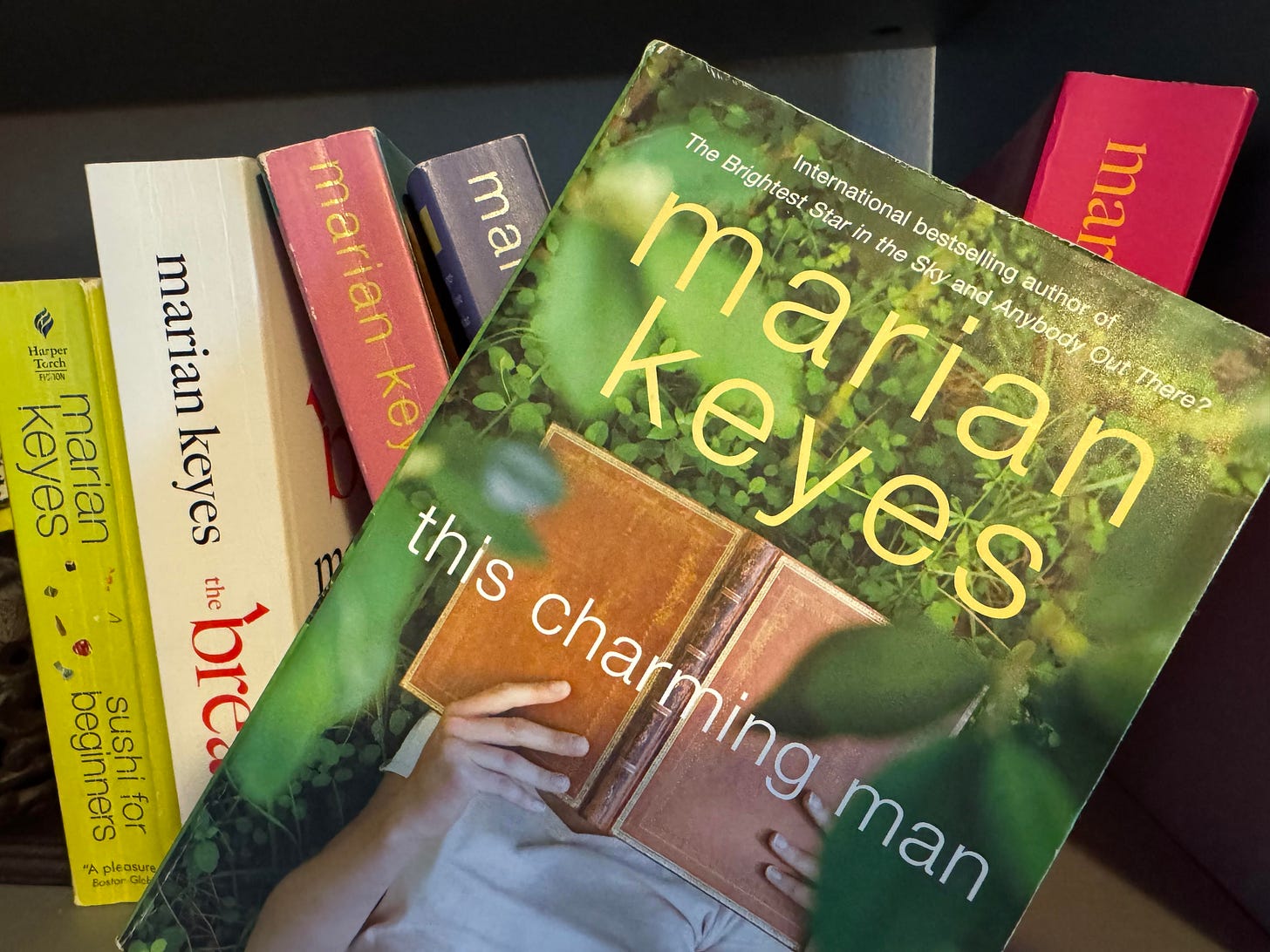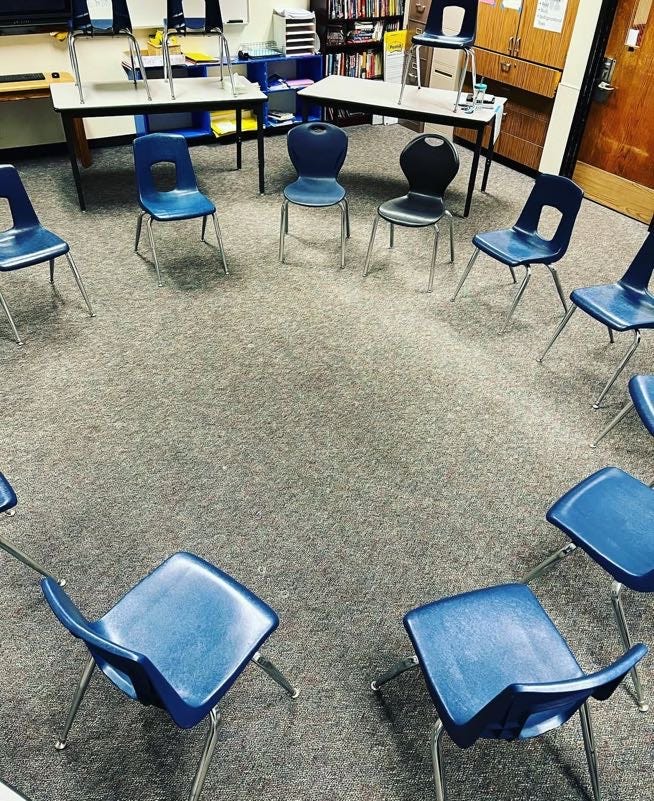A place to explore: The Village Theatre In Everett, WA to see LEGALLY BLONDE THE MUSICAL
For Christmas, my mom got tickets for us + my kids to see LEGALLY BLONDE THE MUSICAL at The Village Theatre in Everett. If you are a local and are reading this in January there is still time for you to snag tickets! The show runs until Feb 2.

The show was fantastic. It follows the movie pretty closely as sorority princess Elle Woods gets dumped by Warner Huntington III right before he heads off to Harvard to follow his path to become a dudebro Senator with a wife who is more useful than Elle.
Elle forgoes end of the year toga parties to study for the LSATs, and then she gets into Harvard too, because even if you wear pink pushup bras, you can still be smart. Who knew?
I loved the costume/set situation once Elle gets to the East Coast. All the Harvard people are decked out in grays and browns and Elle arrives like some technicolored jack-in-the-box to brighten things up.
From there, the hairstylist Paulette, the USP man, and (especially) Paulette’s bulldog steal the show. As expected, the whole audience burst out in exclamations of “aaawwwwwww!” when the dog lumbered across the stage to get his treat.
Legally Blonde reminds us to not underestimate people. Even if they carry Chihuahuas around in their purses.
A book to read: Marian Keyes novels
Know what else people think is a silly girly thing?
Women’s fiction.
Or, as it was referred to in previous decades: chick lit.
I’m going to focus on Marian Keyes novels, because they are my favorite and I’ve been reading them for nearly two decades, but any female author who writes women’s fiction is often dismissed for not being “serious,” even if her novels are pretty fucking serious. People seem to think women’s fiction novels aren’t serious or good because sometimes covers have pink on them. I’m hardly the first person to point this out. See Jojo Moyes’s thoughts here.
Back to Marian Keyes.
Marian Keyes: The Irish goddess of modern literature
I’ve read loads of Marian Keyes books. I started reading her back when I was in college. I wasn’t much of a reader back then because I was busy gallivanting around with my friends, drinking all night, having re-caps of said drunken nights all morning, and falling in love during the in-between times. (Hi Mom! I swear I also studied!)
Despite the extensive to-do list above, I still made time for Marian Keyes because her book were are HILARIOUS. Her characters tend to run around Dublin with their friends, drinking in pubs all night and falling in love all day. Then they’d march around London (or maybe New York) with fancy jobs and posh clothes.
As someone who’d barely left the West Coast of the US, this all sounded unbearably cool. Twenty years later…it still does.
Marian Keyes and her characters have grown up with me. In the late 90s, her characters were busily getting pregnant and dumped. In the mid-2000s, they were finding happiness in their new careers. By the late 2010s, they are navigating the challenges of teenagers and aging families. In her latest book, the protagonist has a minor mid-life crisis and takes her perimenopausing self back to Ireland.
I strategize when I’m going to read a new Marian Keyes book. I save her novels to read on long airplane rides. They are perfect to read while waiting nervously in a hospital or emergency room. I convince myself to go on 10-mile runs by bribing myself with a Keyes audiobook on Libro.

But here’s the thing. Even though her main characters are women who fall in love, fret over eyeliner, and double over laughing about stupid jokes with friends - don’t underestimate a Marian Keyes book. These are no shallow love stories.
Keyes writes about dark and gritty themes: depression, isolationism, substance abuse, death, and abuse. But amongst the plotlines of rape and rehab are also stories of hilarity and hijinks. The fact that Keyes can write about the full spectrum of human emotions and experiences is one of her super powers.
And her books HOLD. UP.
Decades later, Keyes’s earliest books are still relevant and timely. (Well, not the bits about printed newspapers and answering machines, but everything else). A few months ago, I downloaded THIS CHARMING MAN. I’d read the book when it came out back in 2008, but I wanted a refresh. Plus, it’s nice to listen to Marian Keyes books because they are narrated by Irish authors1
THIS CHARMING MAN is about three girls:
A stylist who gets her heart broken by the titular “charming” man and decamps to County Clare
A wealthy mom of two who dated said charming man back in high school
A journalist. Also, twin sister of the woman above
But it is also about alcoholism and Irish politics and depression and learning to accept cross-dressers and domestic abuse and sex-slave trafficking and rural vs. city life and journalistic integrity and all kinds of important stuff.
Don’t underestimate it.
A lesson to teach: Scored Discussions
While busily not underestimating books and musicals, I must also continually work on not underestimating my students.
Especially 1st period, at 7 in the morning, when all my students are so exhausted and sluggish and it’s so hard to tell if there are any sentient thoughts in there.
This is why I love scored discussions.
At the end of every unit, I have my students complete a scored discussion on the big unit question. They spend a few days preparing their arguments, reviewing their work to find pieces of evidence, and planning out some points to make in the discussion. Then, half of the students sit in a circle and discuss2. I sit on the outside and record their conversation, stenographer style.
They say the smartest things! Sometimes, I know who is going to lead the discussion, ask tough questions, and flawlessly weave evidence from class into the discussion. But there are always half a dozen kids who totally shock me. Some examples:
A quiet student who rarely speaks up in class emerged as a staunch supporter for feminism (we’d studied Mary Wollstonecraft), and beautifully explained to her detractors why feminism is critiqued differently in different cultures.
Students get points for using content vocabulary words. A class clown very pointedly said a word and then whipped his head around to look at me and ensure he’d gotten credit. We all laughed because it was funny…and then the kid perfectly used the vocabulary word in his next sentence, without even realizing it. I told him this later. His response: “Aw, miss! You tricked me into learning!”
I’m not shocked at this, but I always love how kind my students are to each other. They notice classmates who haven’t spoken and gently pull them into the discussion.
One kid who never does anything because he “can’t write,” (his words, obviously. Not mine) rose up to be a leader in the discussion. I typed up everything he said and told him he could “plagiarize himself,” using his spoken word in the written assignment that would follow.
Oh, the languages they speak! One student gave her thoughts in Ukrainian, which her friend translated for the class. Another answered a question in Spanish, which half the class didn’t need translated but someone translated for me because he wanted to make sure his Spanish-speaking friend got full credit for his answer.
Sometimes teaching is really, really fun.
To prep students for their Scored Discussion, I give them this packet, which contains one page (front and back) with prompts and space for them to think of a thesis and gather evidence. They are encouraged to use this page during the discussion. The second page (front and back) has the rubric for the discussion and space for a reflection and self-grading. Right before students discuss, those in the middle circle tear off the back page and hand it to the student behind them, who is in charge of recording what they say and scoring them.
A couple days before their first discussion, I show ‘em this RetroReport video on How to (Respectfully) Disagree. They list some norms and discussion moves that they see in the video, and we discuss how that might show up in our discussion. RetroReport has two great lessons plans that detail how to do this right here.
Happy teaching, traveling, and reading! See y’all next Sunday.
Affiliate book links in this newsletter are through Bookshop, a book-buying platform that gives independent bookstores tools to compete online and maintain their presence in local communities. If you purchase books via the links in this newsletter, you’re financially supporting me AND your local independent bookstore, so thank you!
Marian Keyes narrates many herself. The version of THIS CHARMING MAN I listened to is narrated by Caroline Lennon.
The other half of the class sits on top of the desks, looking down into the circle and listening. The listeners are also responsible for recording parts of the conversation. Sometimes this classroom strategy is also called a “fishbowl” or “Socratic Seminar.”




I am also a longtime Marian Keyes fan! She’s a brilliant storyteller with a wit and arsenal of Irish-isms that provide ballast for real stuff. The Walsh family’s view of the world is one-of-a-kind (really-what’s one to do with a feathery stroker?) And I agree-very re-readable! Again, Rachel may be my favorite
I love this! What fantastic things you are teaching and modeling. As for Marian Keyes…I obviously need to pick up her books!